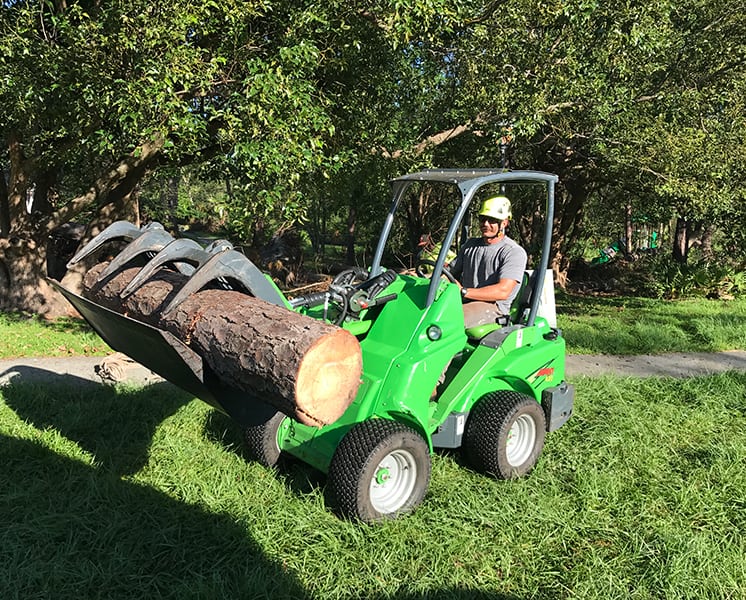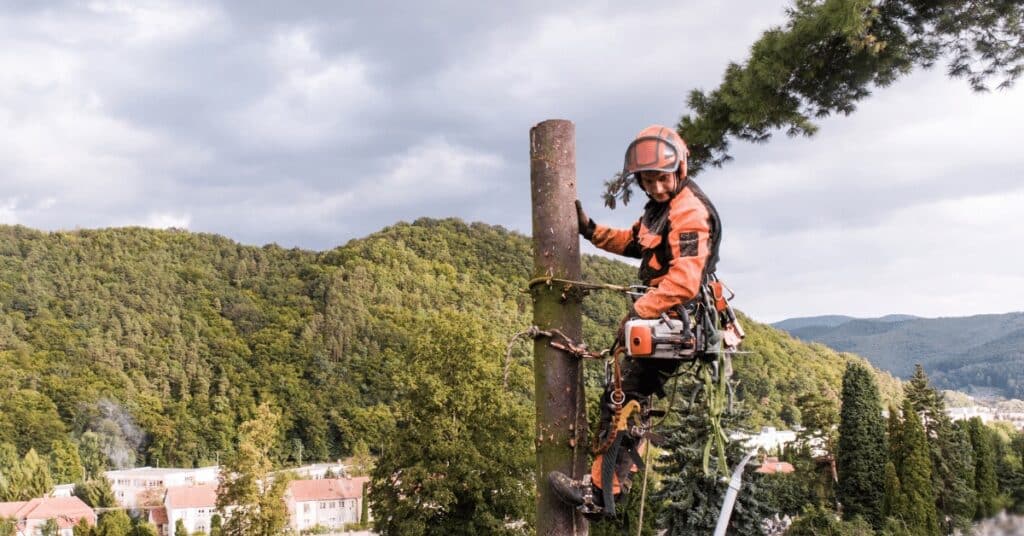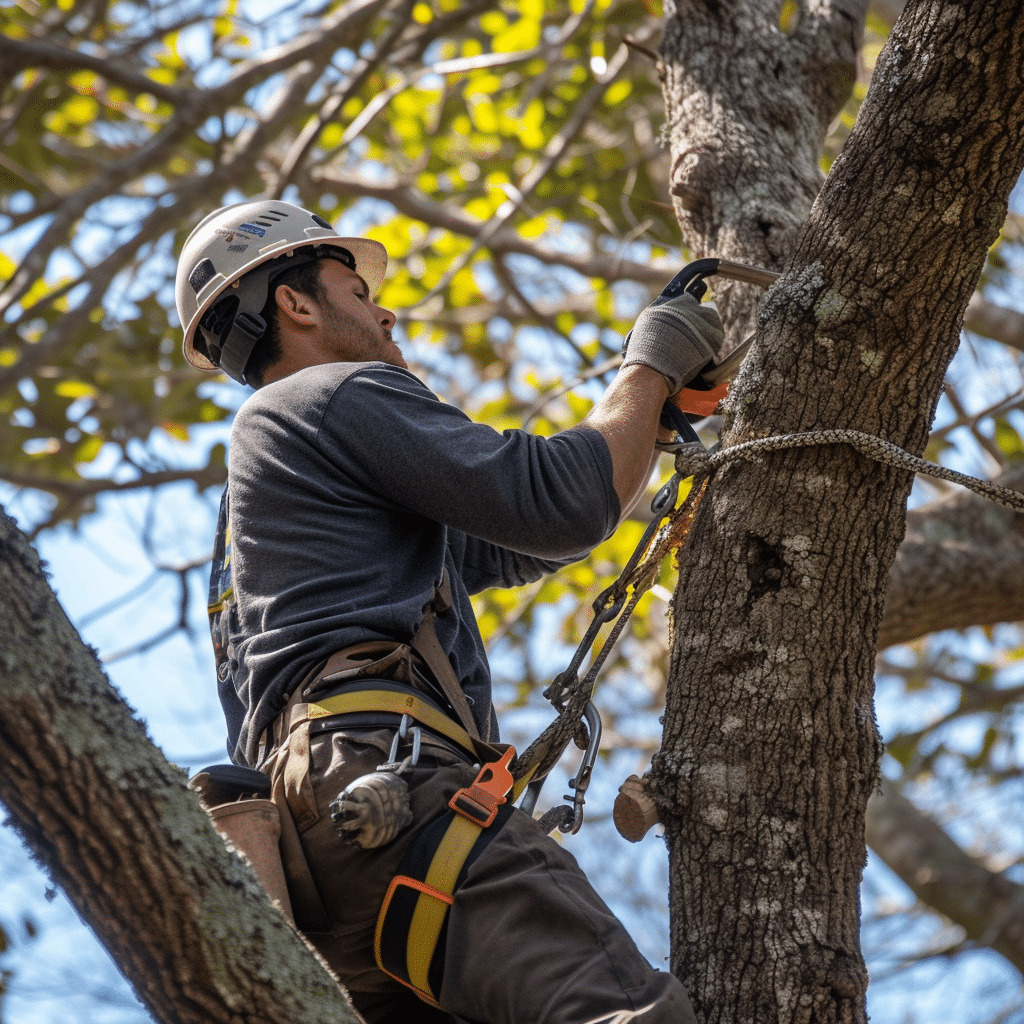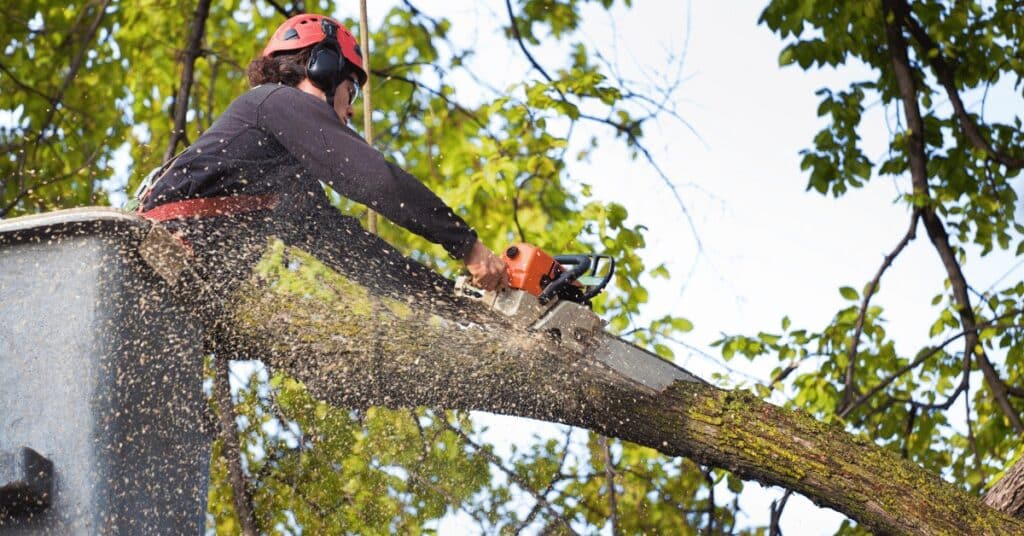By: Shelby McCullough| Published: July 11, 2024
The land clearing process is a critical step in preparing land for construction, agriculture, or simply to improve the aesthetics and safety of a property. This comprehensive guide will walk you through the entire process, ensuring you understand each step and its importance.

What is Land Clearing?
Land clearing involves the removal of trees, shrubs, stumps, and other vegetation to create a clear, level piece of land. This process is essential for various projects, including building homes, commercial buildings, and agricultural purposes. It also helps in preventing wildfires by reducing the amount of combustible vegetation.
Why is Land Clearing Important?
- Preparation for Construction: Before any construction can begin, the land must be cleared to provide a stable foundation.
- Agricultural Use: Clearing land is crucial for planting crops and grazing livestock.
- Fire Prevention: Removing dense vegetation reduces the risk of wildfires.
- Aesthetic Improvement: Cleared land is often more visually appealing and can increase property value.

Steps in the Land Clearing Process
- Assessment and Planning
- Site Inspection: The first step is to inspect the site to determine the type and extent of vegetation that needs to be removed.
- Permits and Regulations: Ensure you have the necessary permits and comply with local regulations.
- Planning: Develop a detailed plan outlining the methods and equipment required for clearing.
- Tree and Vegetation Removal
- Felling Trees: Trees are cut down using chainsaws or heavy machinery.
- Grubbing and Root Removal: Stumps and roots are removed to prevent future growth. This step is crucial for creating a stable foundation.
- Brush Clearing: Smaller vegetation, such as shrubs and underbrush, is cleared using specialized equipment.
- Debris Removal
- Chipping and Grinding: Tree limbs and brush are chipped or ground into mulch.
- Hauling Away: Debris that cannot be reused or recycled is hauled away to disposal sites.
- Grading and Leveling
- Bulldozing: The cleared land is leveled using bulldozers to create a smooth, even surface.
- Soil Stabilization: Techniques such as compacting and adding soil amendments are used to stabilize the soil.
- Erosion Control
- Installing Barriers: Erosion control barriers, such as silt fences, are installed to prevent soil erosion.
- Seeding and Mulching: The land is often seeded and mulched to promote vegetation growth and prevent erosion.
- Final Inspection and Approval
- Site Review: A final inspection is conducted to ensure all clearing and preparation work meets the project specifications.
- Approval: Obtain the necessary approvals from local authorities to proceed with construction or other land use.

Methods of Land Clearing
- Manual Clearing
- Suitable for small areas or areas with sensitive environments.
- Involves using hand tools like axes, chainsaws, and machetes.
- Mechanical Clearing
- Ideal for large areas.
- Uses heavy machinery like bulldozers, excavators, and mulchers.
- Chemical Clearing
- Involves using herbicides to kill unwanted vegetation.
- Often used in conjunction with other methods for long-term vegetation control.
- Controlled Burning
- Uses fire to remove vegetation.
- Effective but requires careful planning and adherence to safety regulations.
Safety Considerations in Land Clearing
- Protective Gear: Workers should wear appropriate protective gear, including helmets, gloves, and eye protection.
- Equipment Safety: Ensure all machinery is well-maintained and operated by trained personnel.
- Environmental Impact: Take steps to minimize environmental impact, such as protecting nearby water sources and wildlife habitats.

FAQs About the Land Clearing Process
1. What permits are needed for land clearing?
- Permits vary by location, but you typically need a land disturbance permit and possibly additional environmental permits.
2. How long does the land clearing process take?
- The duration depends on the size of the land and the density of the vegetation but can range from a few days to several weeks.
3. What happens to the cleared vegetation?
- Cleared vegetation can be chipped into mulch, recycled, or disposed of at designated sites.
4. How much does land clearing cost?
- Costs vary widely based on the size of the land, type of vegetation, and local rates. It can range from $1,500 to $5,000 per acre.
5. Can I clear land myself?
- Small projects can be DIY, but large-scale land clearing requires professional services to ensure safety and efficiency.
Conclusion
The land clearing process is a vital step in preparing land for various uses. By understanding each phase and employing the right methods, you can ensure a safe and efficient land clearing project. Whether you’re preparing for construction, agriculture, or simply improving your property’s appearance, following these guidelines will help you achieve your goals effectively. For professional land clearing services, consider reaching out to certified experts to handle the job safely and efficiently.

